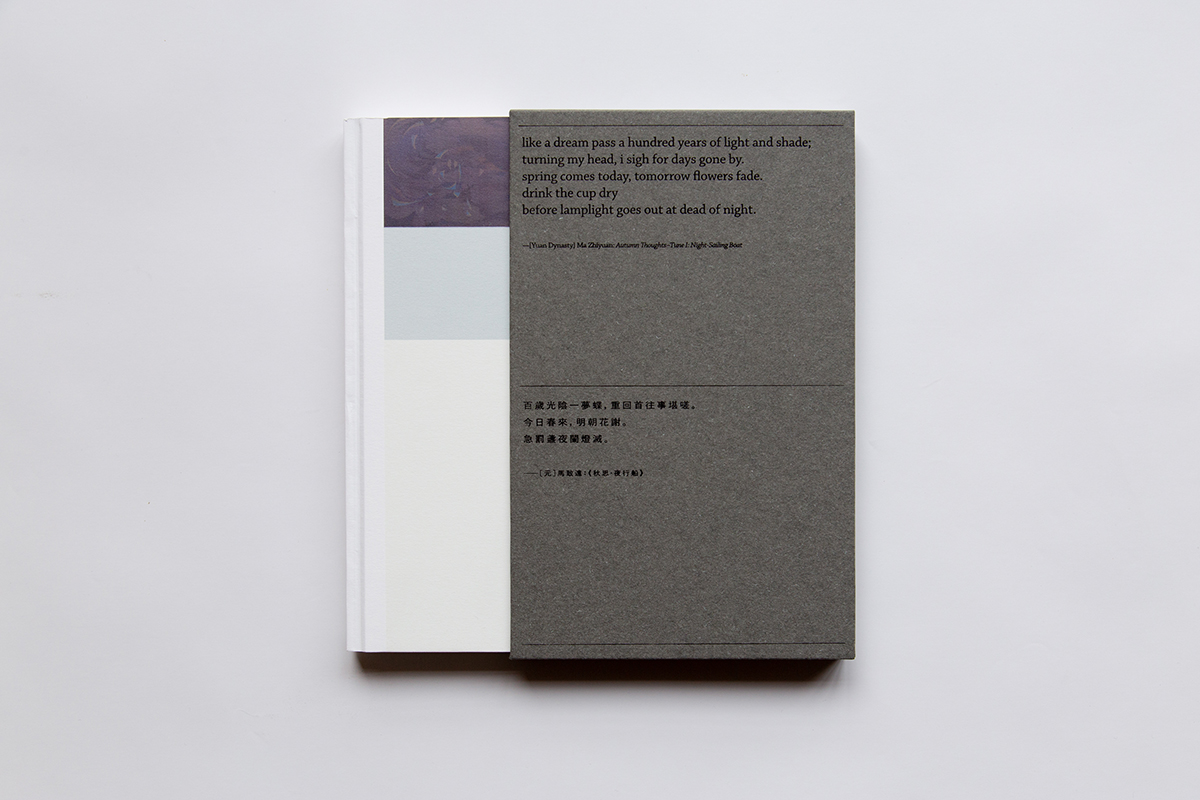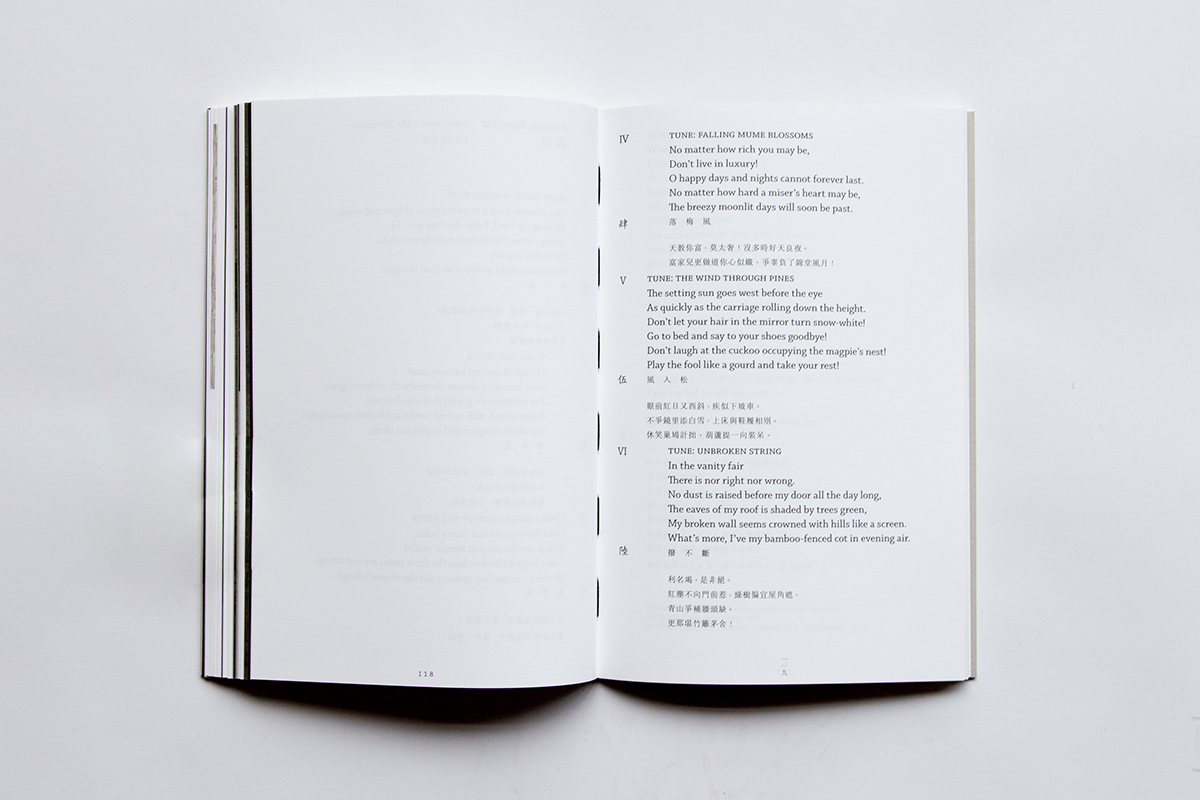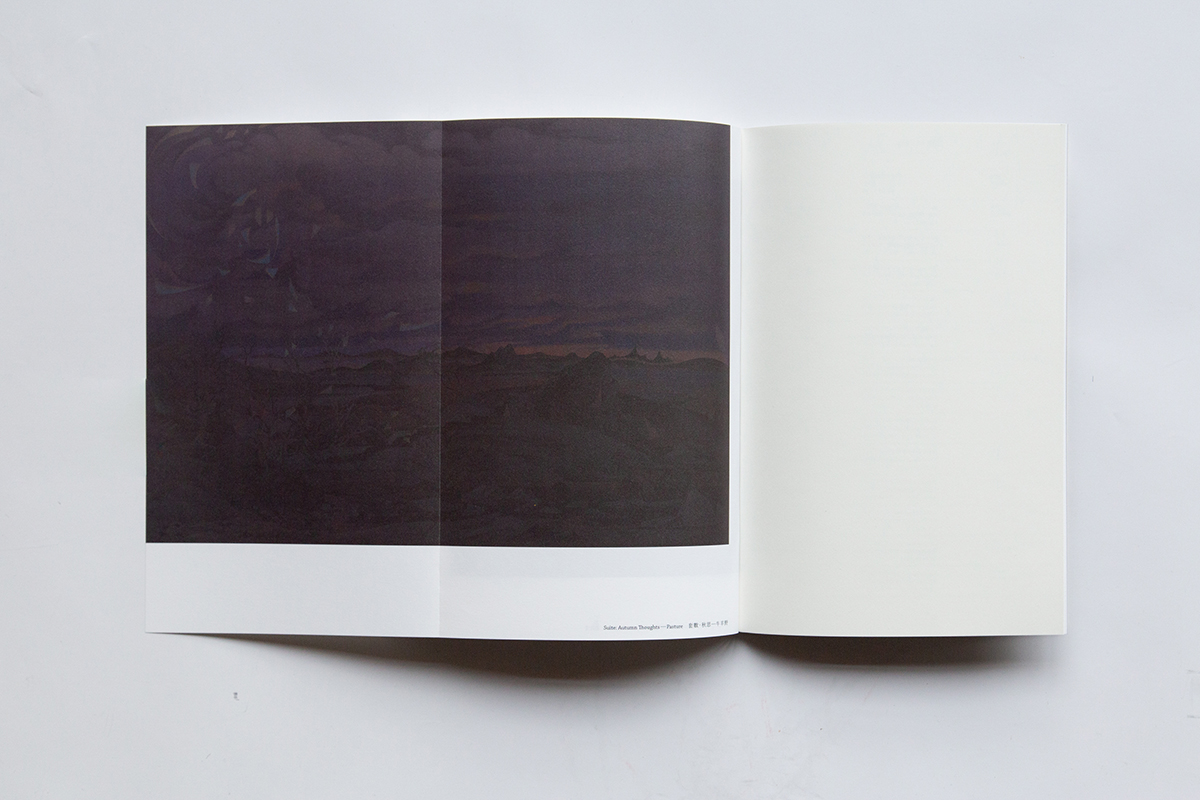
For in pursuing the truth one must start from the things that are always in the same state and suffer no change. Such are the heavenly bodies; for these do not appear to be now of one nature and again of another, but are manifestly always the same and share in no change.
– Aristotle, Metaphysics. W.D. Ross trans. NuVision Publications,2009
1. When a landscape provokes an emotional reaction in me, it doesn’t mean that I’m able to discern the temperament of the landscape; I would only say that it’s my inner world reflected in the landscape, but I don’t know if the landscape has its own inner world, waiting for my heart to express it.
2. The wise and the benevolent are moved by the stillness of mountains and movement of rivers. They see more wisdom and benevolence, and harmony between the two, and so they are pleased. But the stillness of mountains is not called benevolence, and the movement of rivers is not called wisdom. Such things are separate, but they still can be pleasurably apprehended.
– Excerpted from Qian Zhongshu, “The use of ti and qi in Changji,” On the Art of Poetry, Beijing, Sanlian Press, 2010.
With a philosophical and poetic introduction, Hao Liang: Bamboo Hut, Autumn
Thoughts traces the artist’s creative journey from 2016 to 2020. The written portion in this artist book is intentionally kept to a minimum to highlight the complexity and ambiguity of the cultural references, historical memories, and intertwining times and spaces evoked by the artworks. There are no commentaries or descriptions of the works, in contrast, the images in the book are rich in textures and compositions. The layout design indicates the 1.33:1 aspect ratio, which is commonly used for silent films, which suggests the hidden influences from the moving images.
The imaginary scenarios in Hao Liang’s work often suggest certain “moments” and “awareness”, and the intrinsic qualities of Chinese ink painting were what decided that its orientation would be “abstract,” concerned not with representation but rather comprehension. Approaching the world from an animistic spiritual perspective, the artist looks for a poetic art form resembling the use of synaesthesia in literature. In this form, whether from a macro or a micro perspective, the allegories and the human longings, the appearance of plants and the fading of time, the trajectory of planets and the spiritual texture of tangible objects, echo and integrate magically with one another. The artist may gain his inspirations from a poem that occasionally comes to him, or from living beings that he encounters in reality. The twinkling light, the flooding emotions, the looming images, the world of languages, colors and lines that we see and experience in his art become inextricably intertwined—they are all part of the theatre of enlightment.
Through the artist book, the reader is invited to explore the art world of Hao Liang, the pages become a rhythem and a storyline for those “moments”, allowing the readers to interpret the landscapes in the book and reflect on the images of themselves. In this way, the book and the readers create a theatre of perceptions together.


















Language: Chinese and English
Size: 26 × 17 cm
Pages: 136 (color)
Year:2022
More on >>
[About the Artist]
Born in 1983 in Chengdu, Sichuan province, Hao Liang studied at Sichuan Fine Arts Institute and received a bachelor and a master of fine arts in Chinese painting. He lives and works in Beijing.
Hao Liang fuses tightly the exercise of his own perception and the practice in Chinese ink painting, not only does he dig into the investigations of the ontology of Chinese ink painting within its history, but also experience the reconstruction of surreal narratives from the survival of the present time. For Hao Liang, the process of practicing Chinese painting, is more than a journey that unites painting technique and life experience, it is also a reflection on the individual exploration of one’s relationship with the world. The unique world view constructed through Chinese ink paintings enables him to traverse and reflect upon the past and future, while speculating time and space, perceiving and measuring anew the position of human itself within history and the universe.
Image and Text: The Pavilion, ©Authors, The Pavilion, 2022